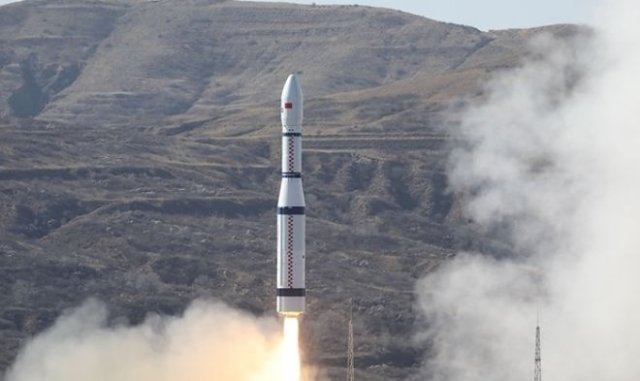
Missile launch
The media reported that one of the 13 new Chinese satellites launched on November 6 by the long March 6 rocket is the Tianyang-5 spacecraft. This is the brainchild of Chengdu Guoxing Aerospace Technology, based on the developments of a leading Chinese University in Chengdu. Tianyang-5 is designed to study the Earth, but it will also test the operation of a transmitter for the new 6G network, which does not yet exist in nature.
The main oddity in the news with 6G is that even its predecessor, the 5g communication system, is still in its infancy. So what is 6G? 5G networks operate in the millimeter range at frequencies of 30-300 GHz. Their advantage over 4G is huge – under optimal conditions, the data transfer speed in such a network is 100 times higher. Unfortunately, communications in the world are developing so fast that this bandwidth is no longer enough. Therefore, 6G uses the submillimeter range, the area between infrared light and microwaves, transmitting signals using terahertz waves. The estimated data exchange rate in the 6G network exceeds 100 Gbit/s. However, these are only approximate parameters, because the 3GPP global partnership has not yet approved the parameters of 6G technology. The Chinese operate at their own risk, so the satellite is not equipped with a communication system, but a test emitter. The fact is that water vapor in the earth's atmosphere absorbs terahertz radiation very well, which already hinders the expansion of 5G, and will definitely create problems with the deployment of 6G. And is it worth rushing to introduce it? It may be worth waiting for new suitable technologies to appear.
